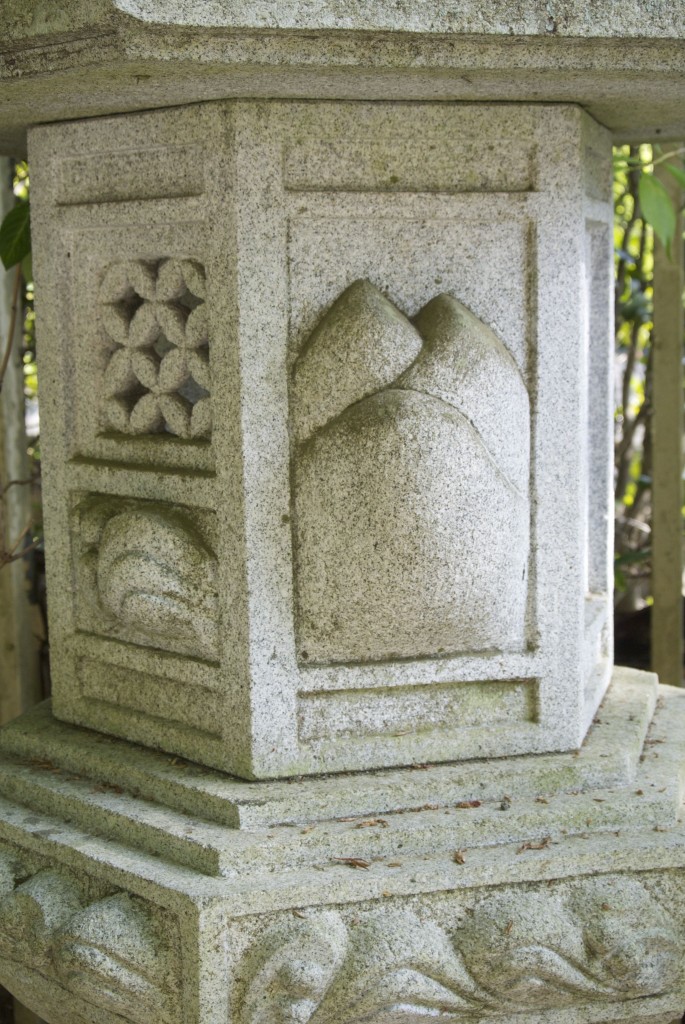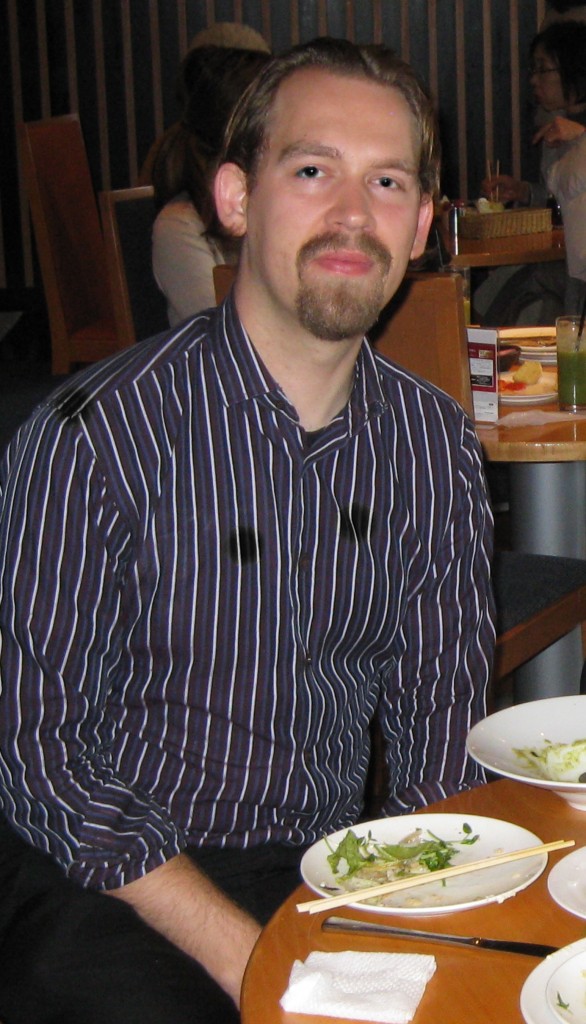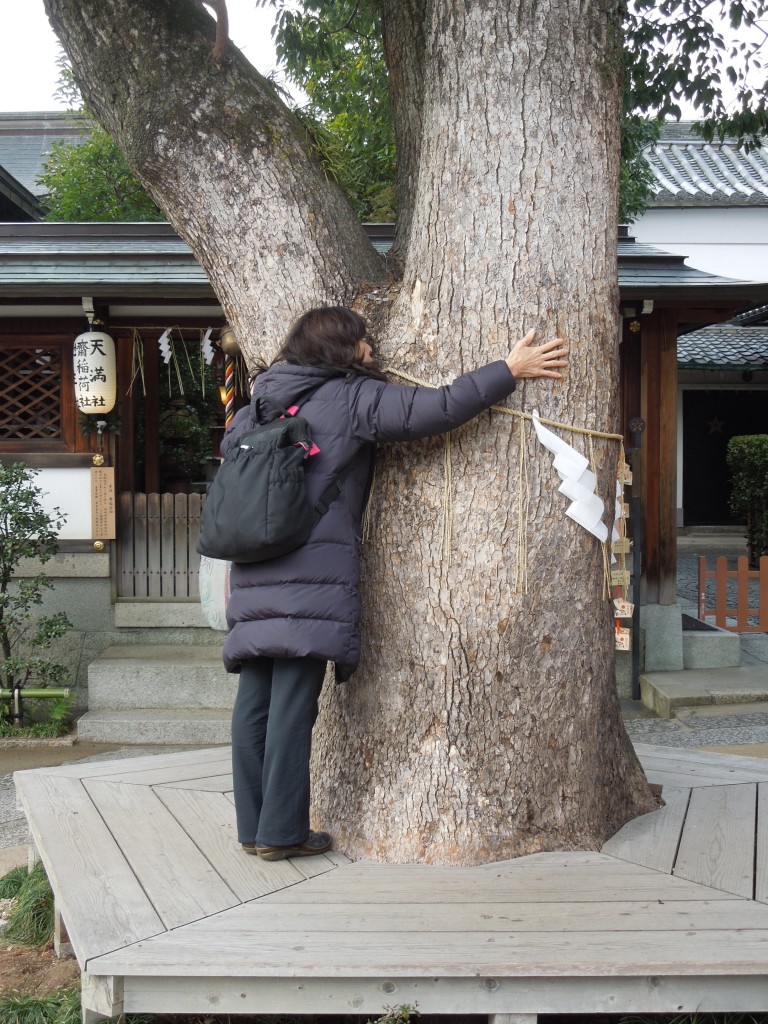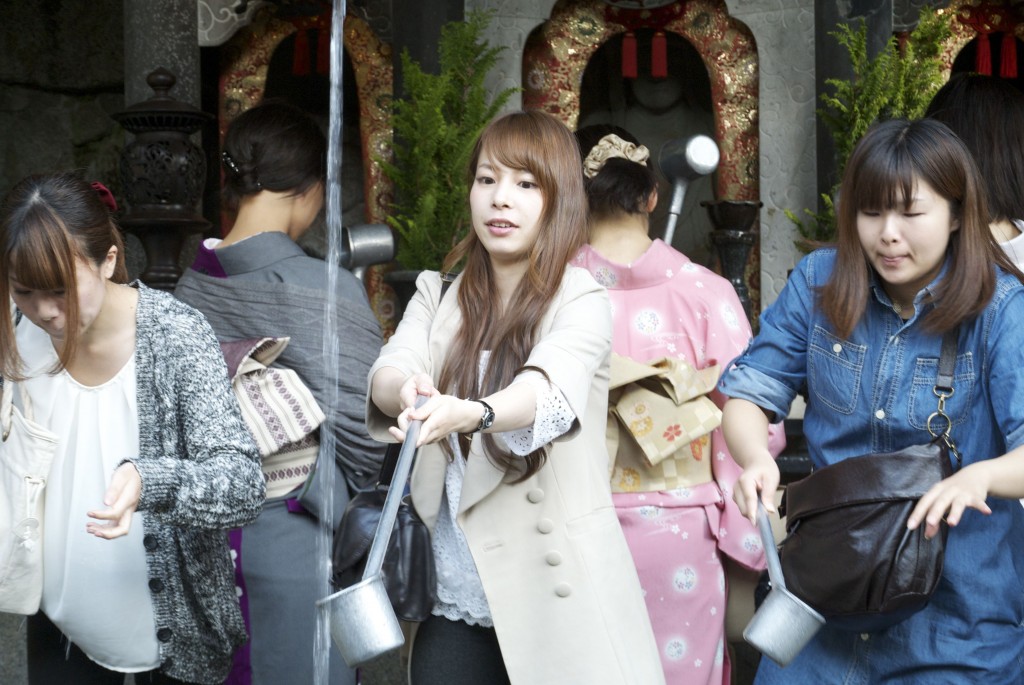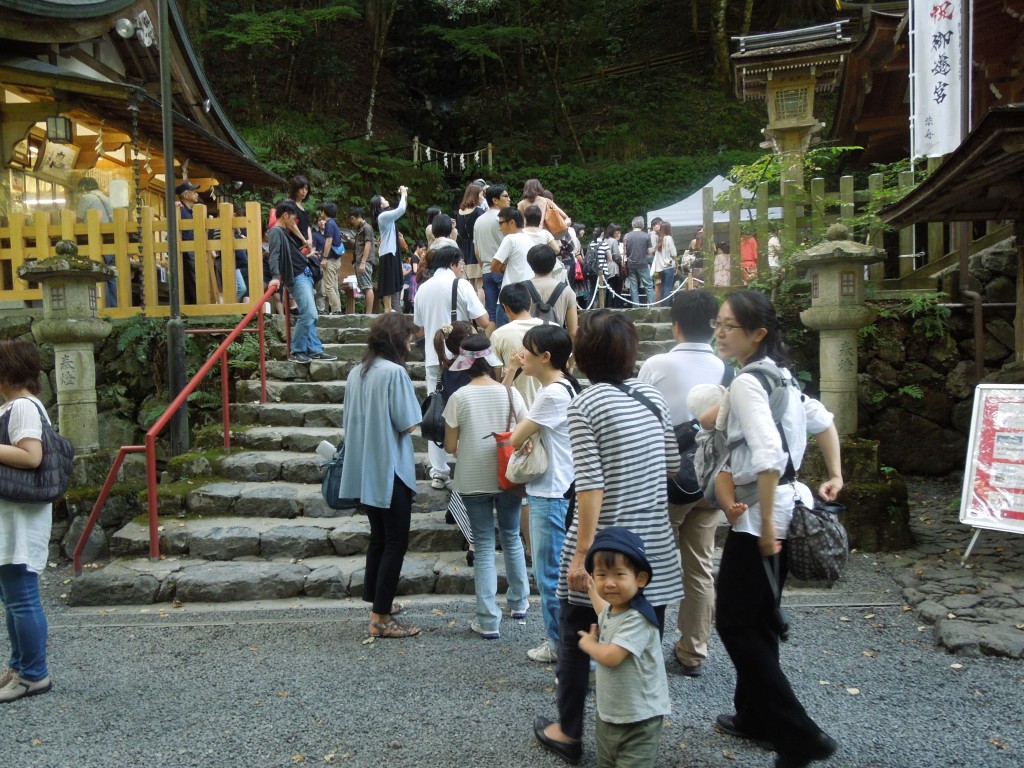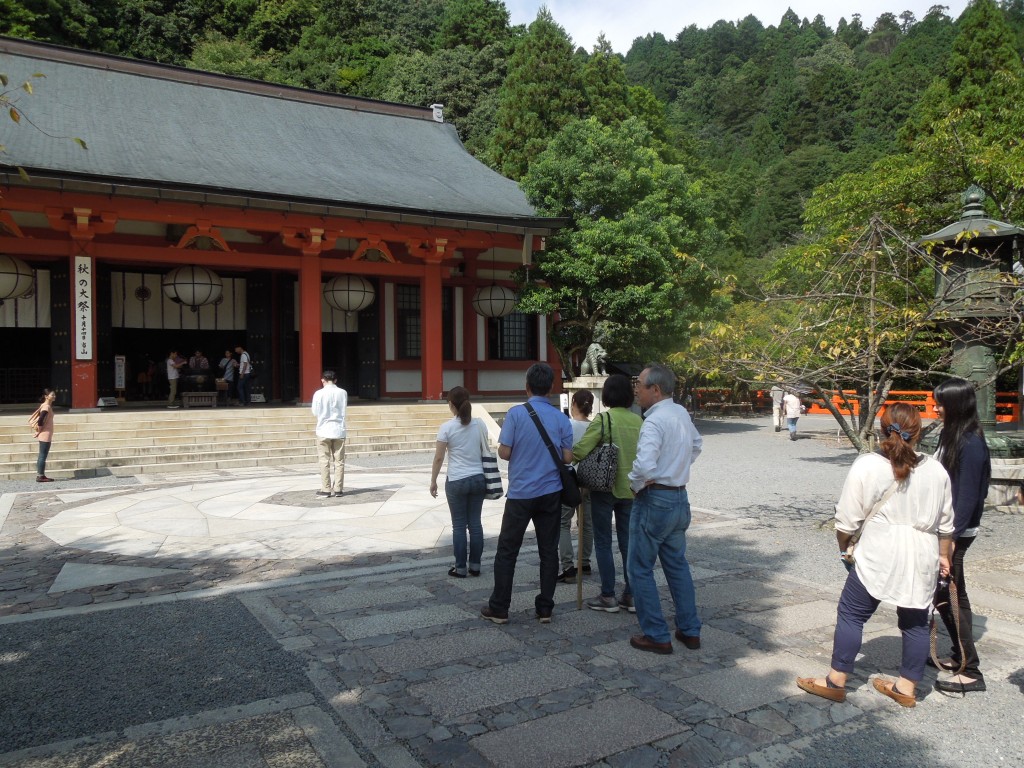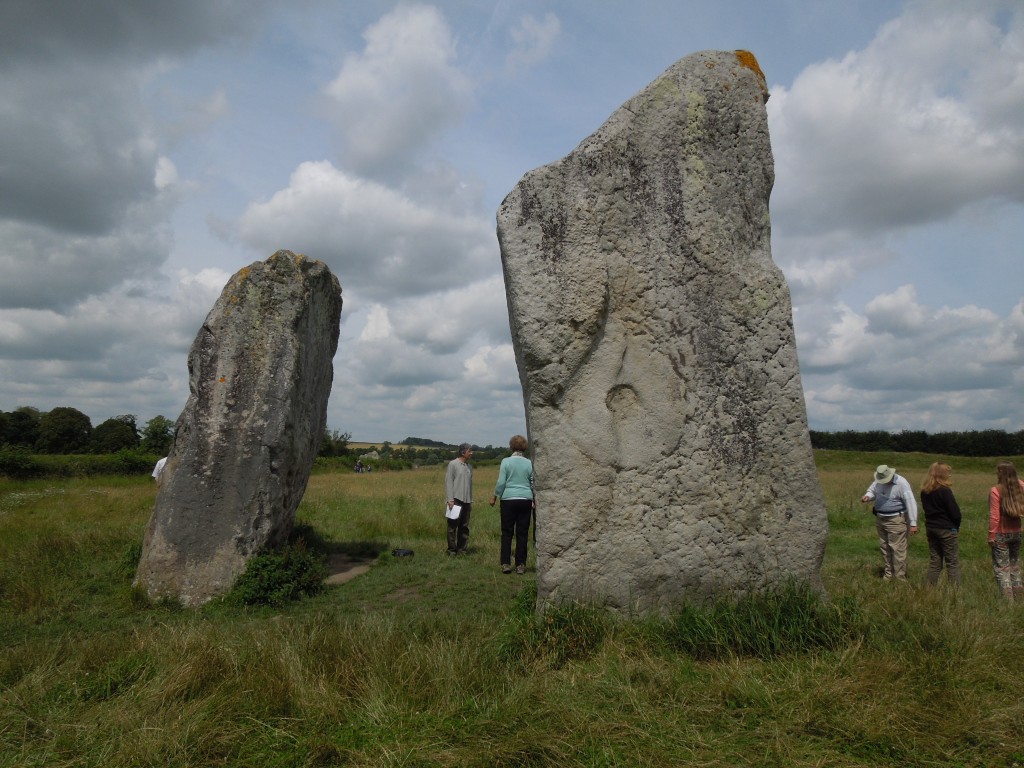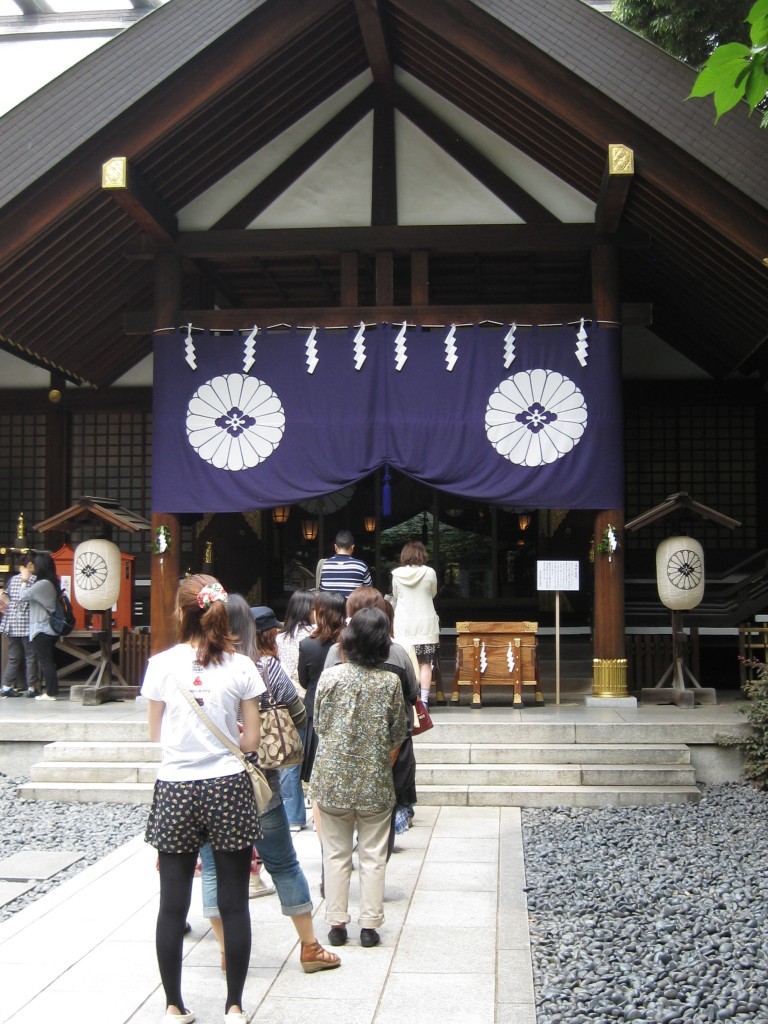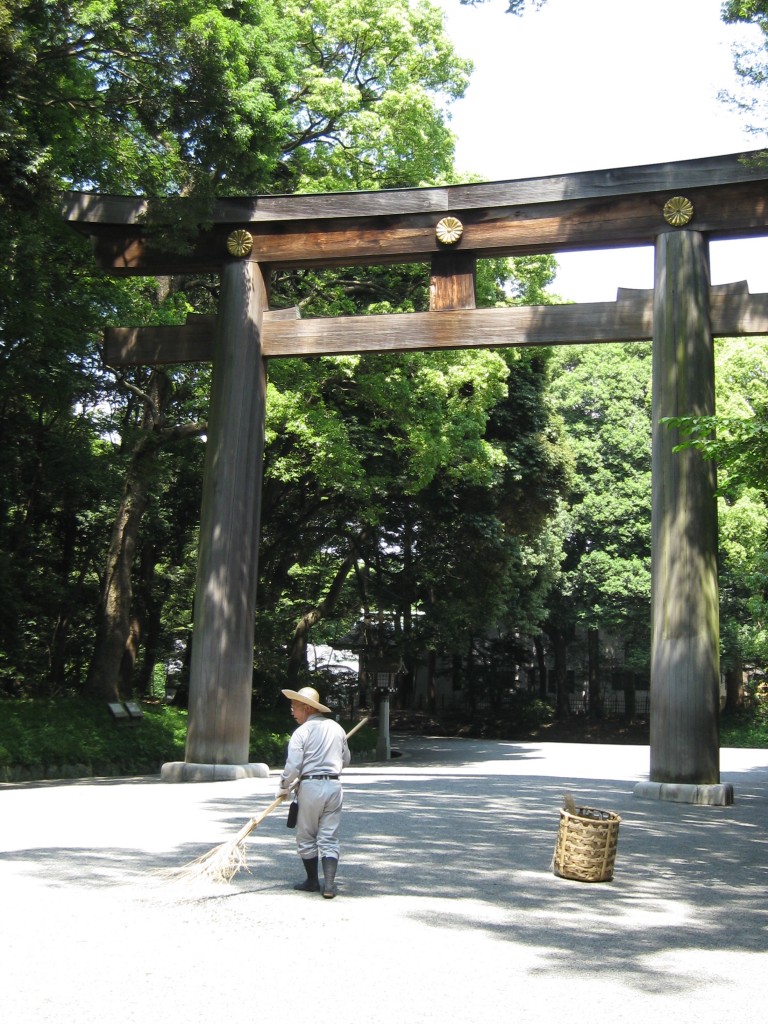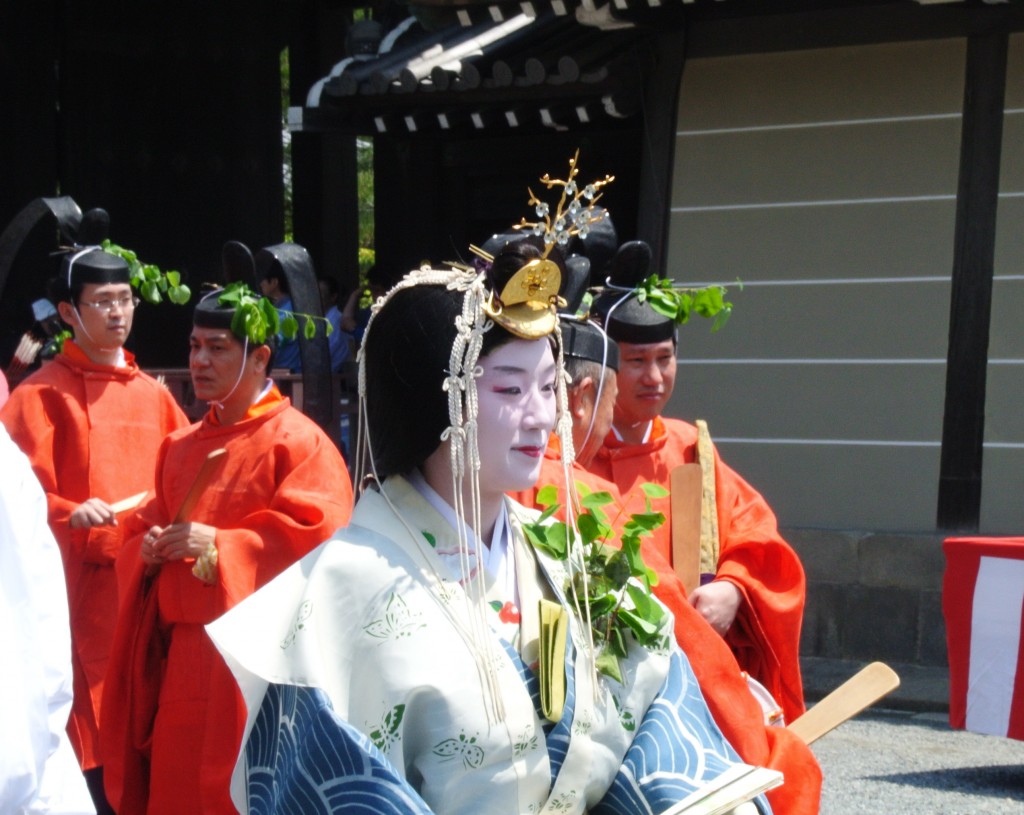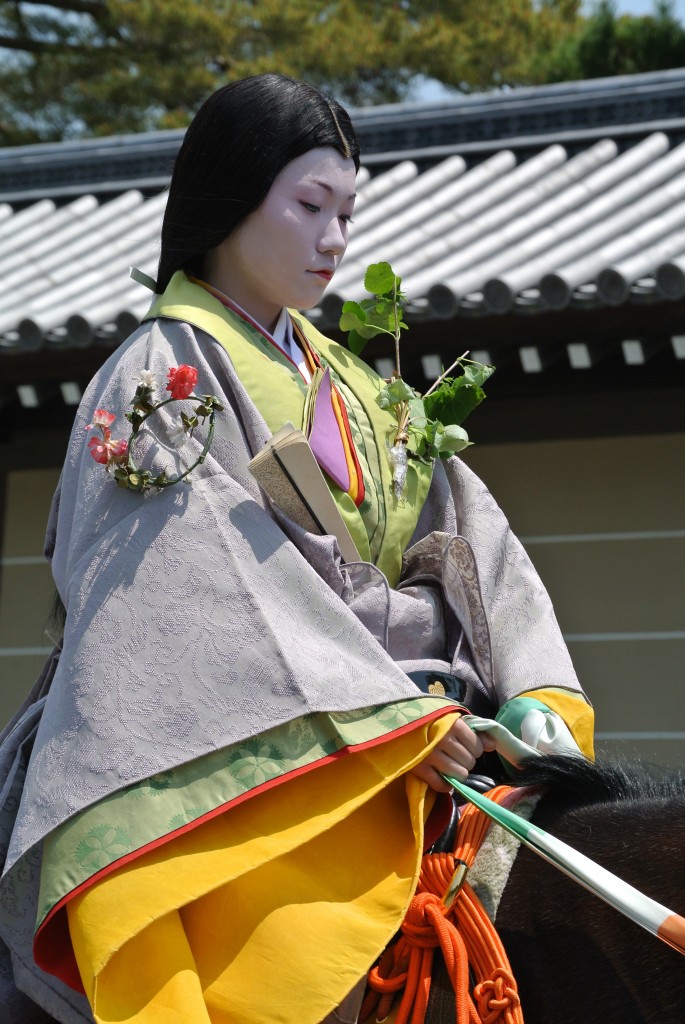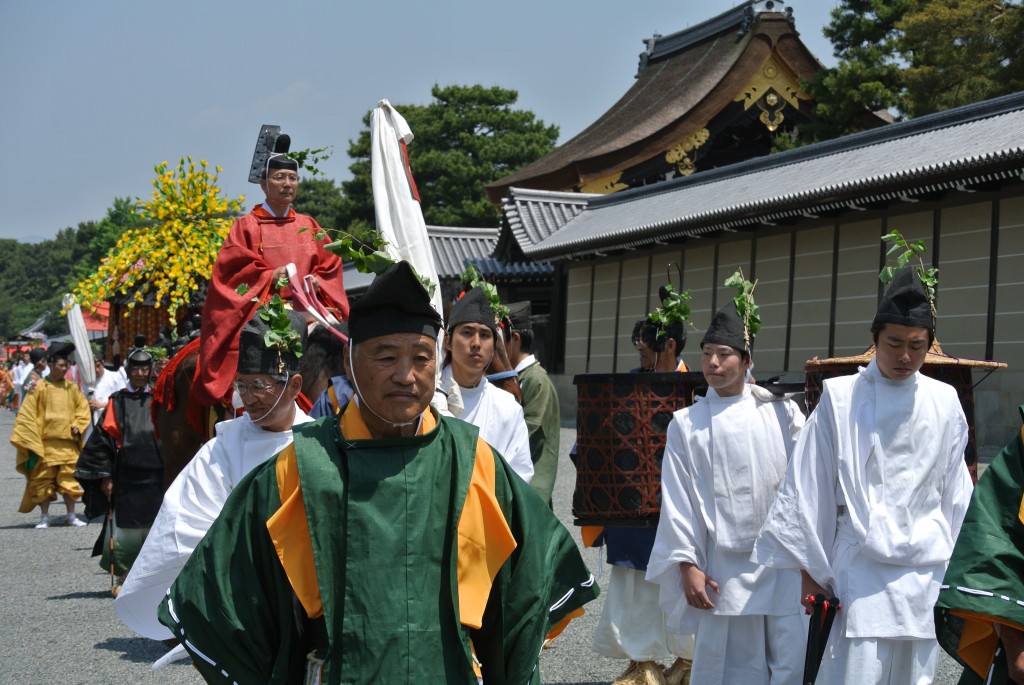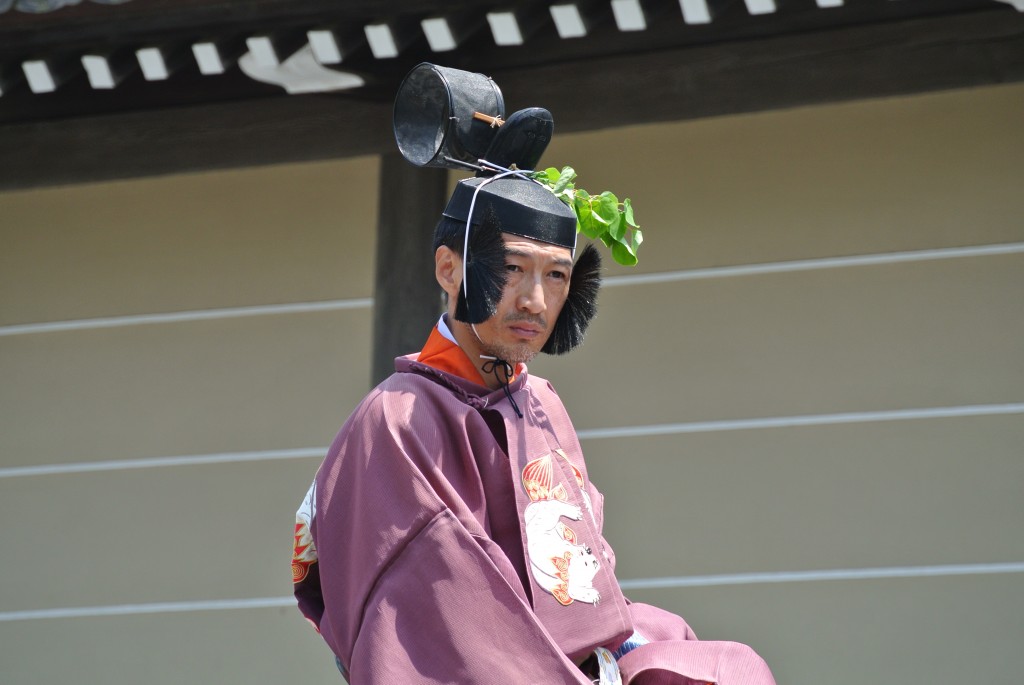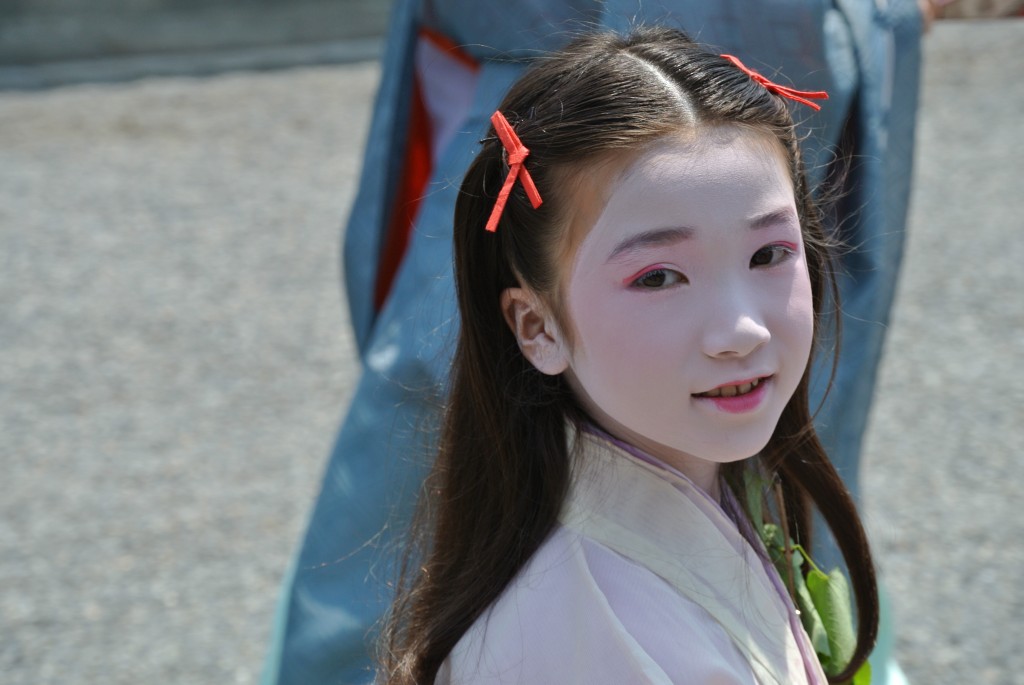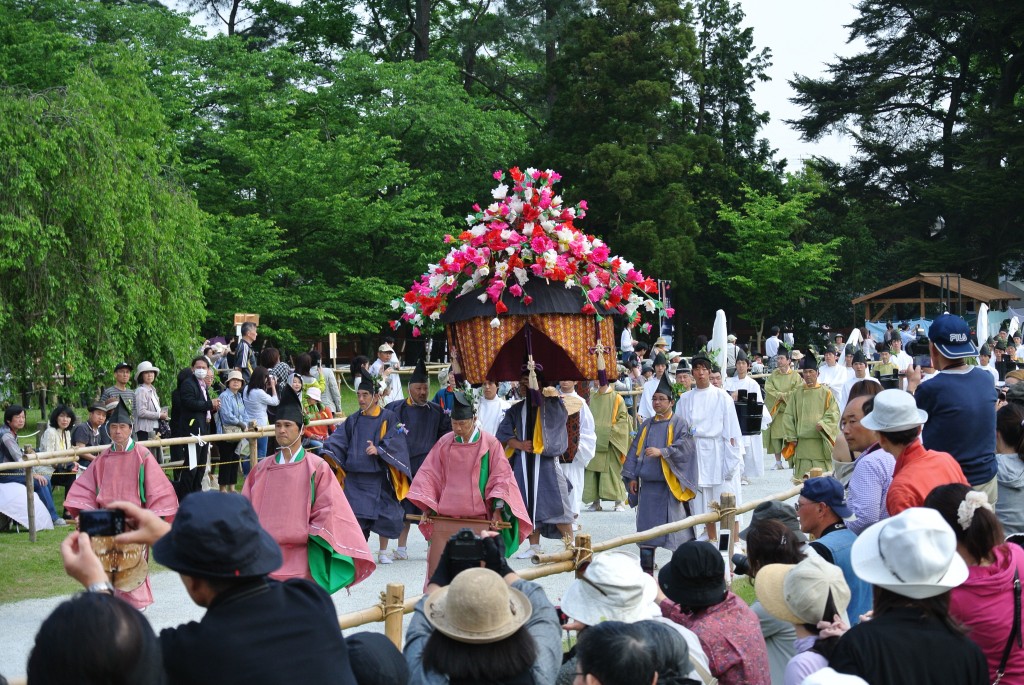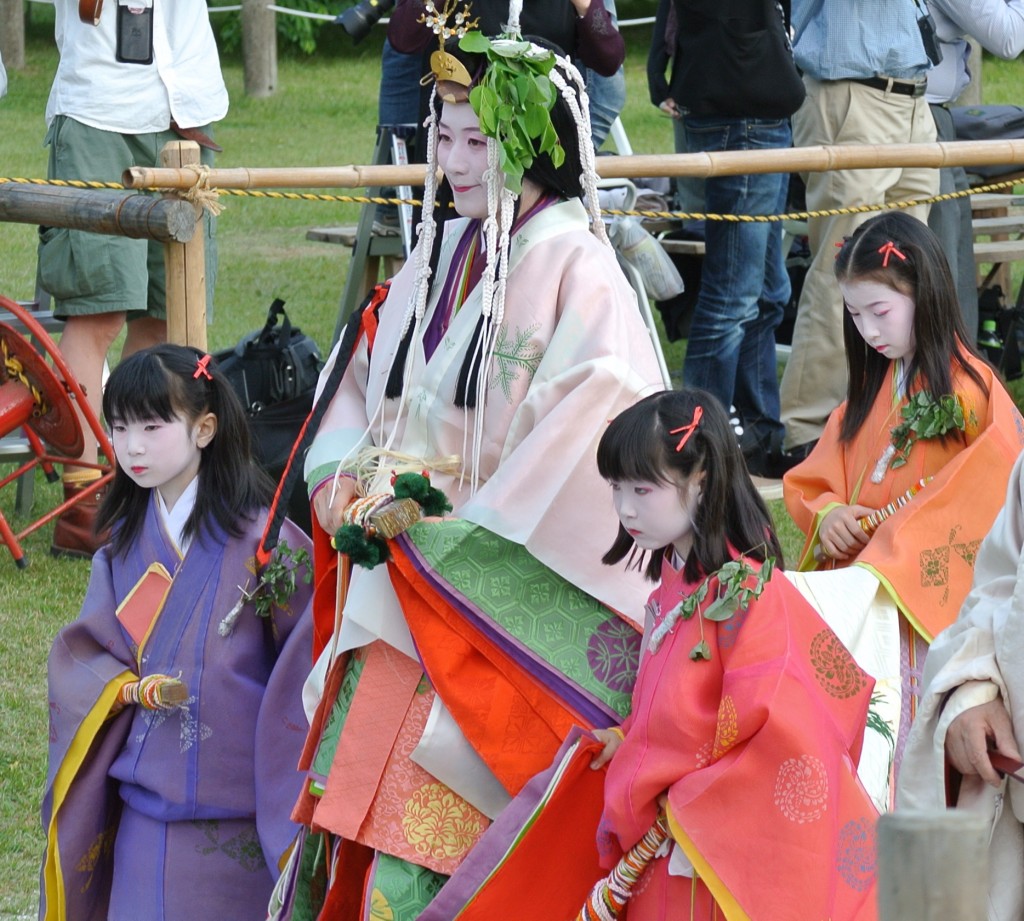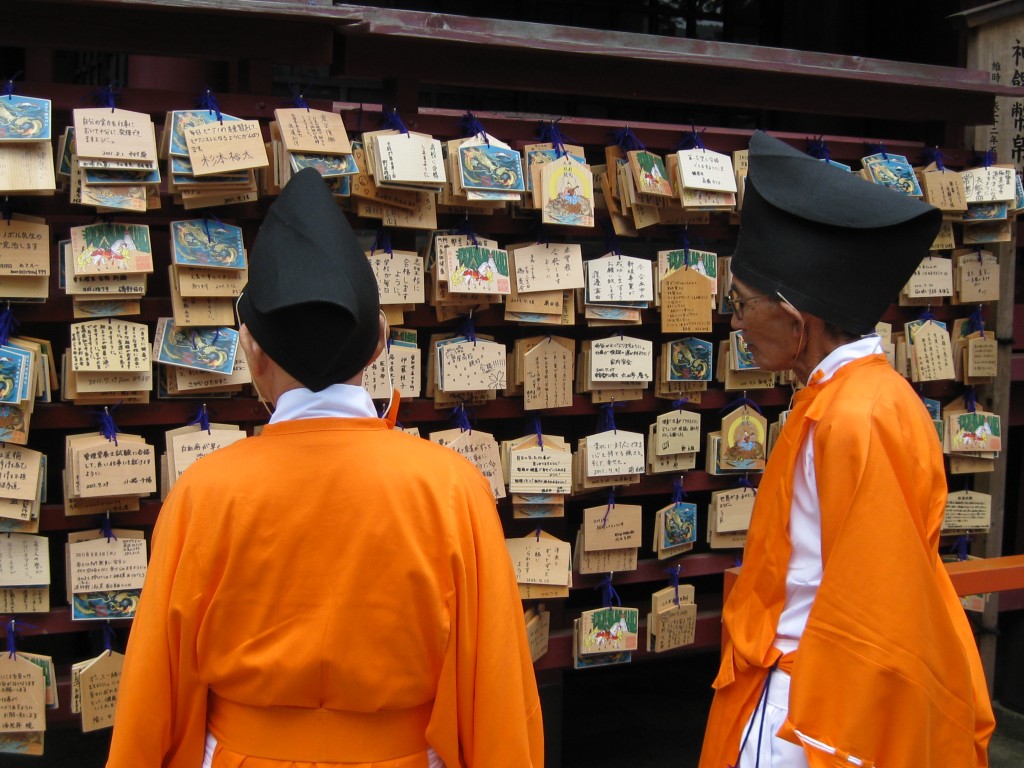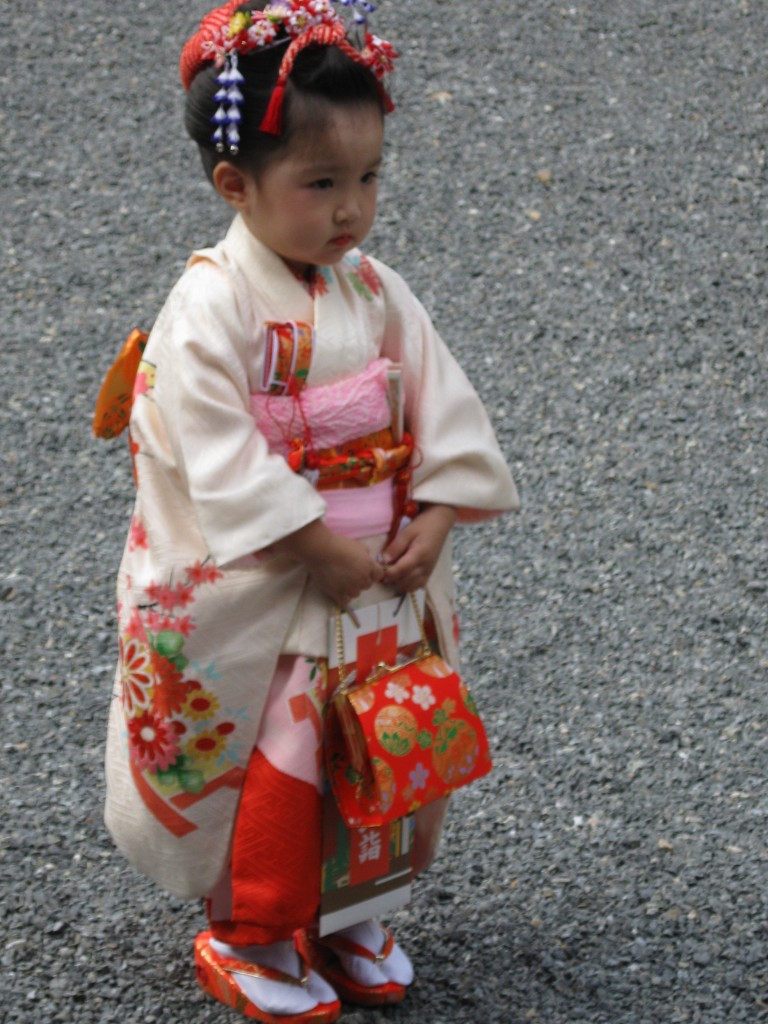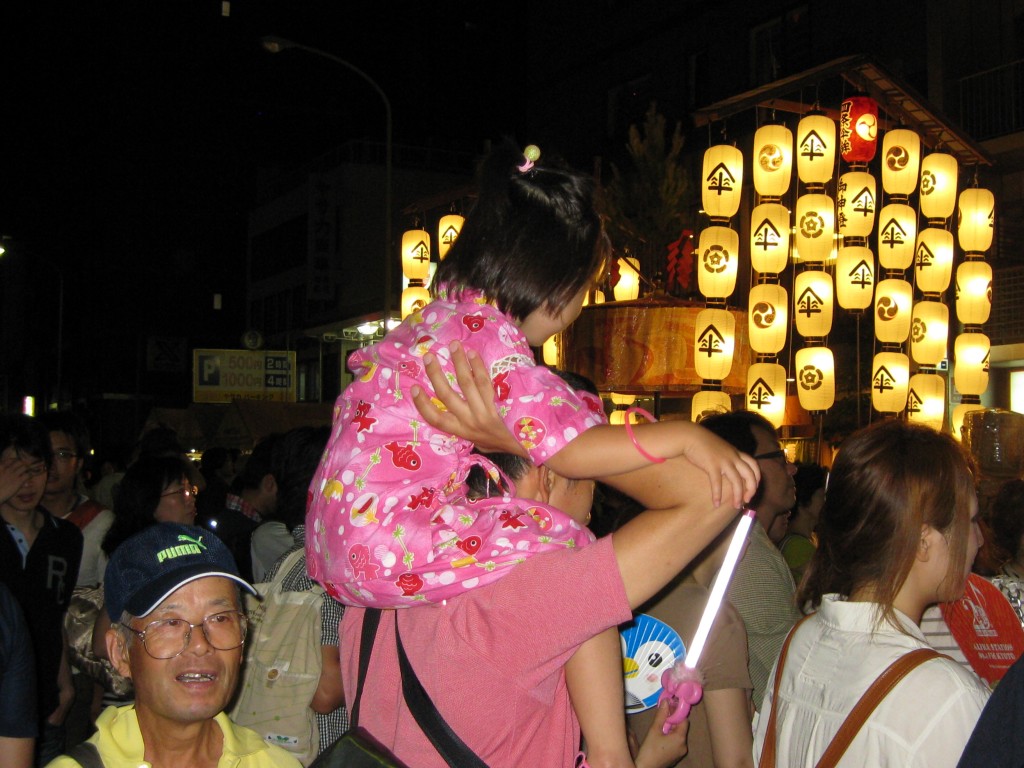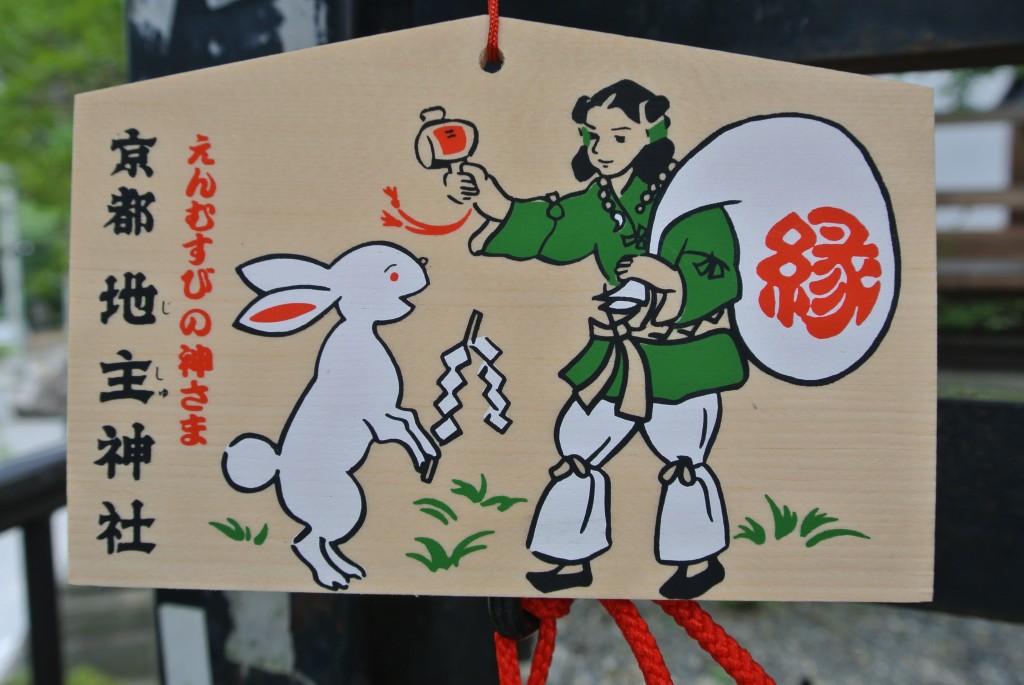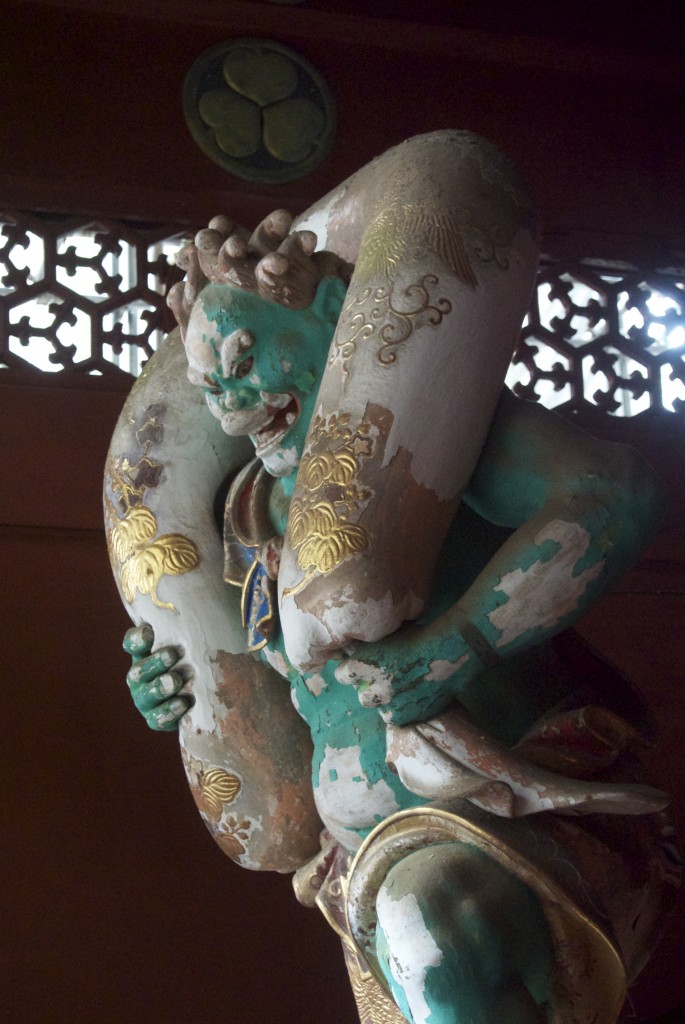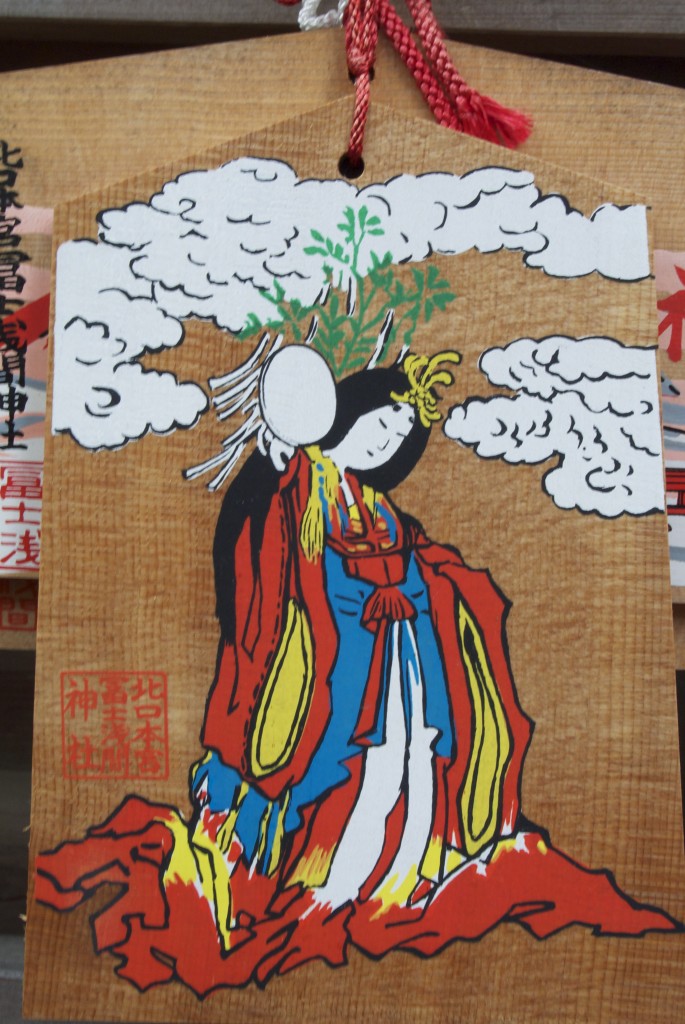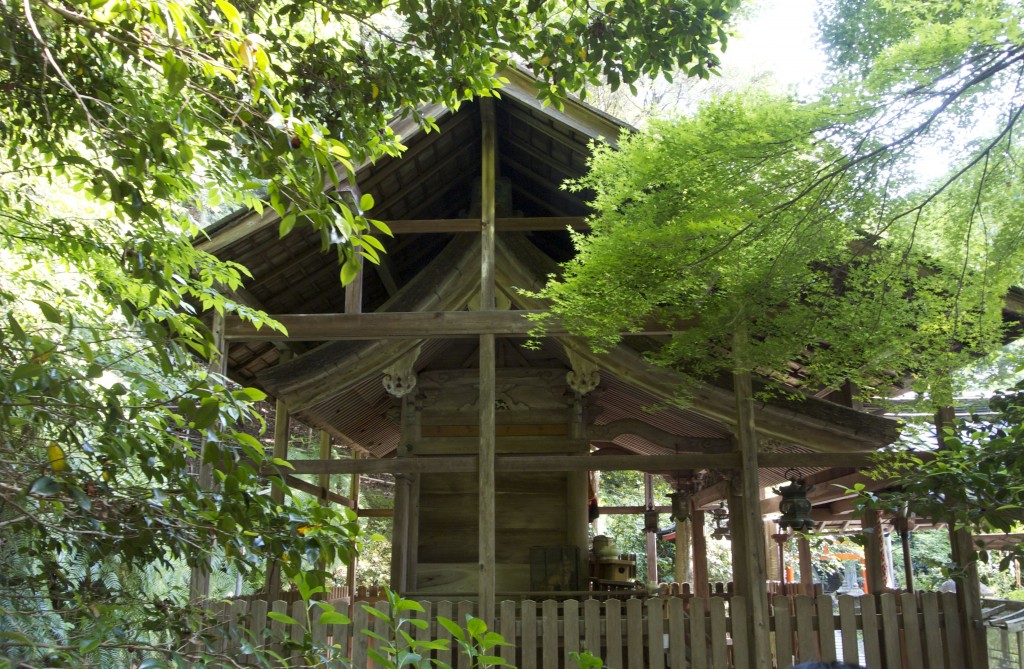
The Otoyo Worship Hall side view shows a classic nagare-zukuri shape with its elongated front roof. (A protective shelter has been added above.) The verdant surrounds give the small grounds a sense of natural abundance.
It’s not well-known, yet it was founded in 887, it’s got a pair of guardian rats, and its ‘sacred body’ is the 15th hill of Kyoto’s 36 Eastern Hill range. It lies off the Philosopher’s Walk, and while most of the tourists walk blithely past, they’re passing up an interesting gem of a shrine which packs an awful lot into a small space.
Otoyo Shrine was built for the recovery of Emperor Uda, and it is said that Sukanahikona appeared in a vision to say that the Tsubakigamine hill should be worshipped in order to speed his recovery. Sukanahikona is an intriguing kami, tiny enough to slip through the fingers of his father, and reputed to have invented medicine and worked with Okuninushi no mikoto in settling the land of Izumo. Later Sugawara no Michizene was added to the shrine’s deified kami, as well as Emperor Ojin. It’s a most unusual trinity, and the small shrine has some most unusual features.
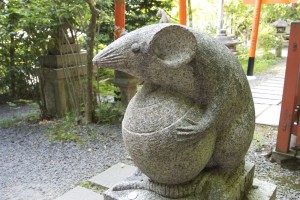
The guardian rat at the shrine of Okuninushi no mikoto
The most striking item, and one that has won wider attention in recent years, is a pair of ‘koma-nezumi’, or guardian rats. They stand in front of a subshrine dedicated to Okuninushi no mikoto, who according to legend was rescued from a field-fire by rats. Now they are considered the kami’s go-between. One of the rats holds a scroll signifying scholarship and learning, while the other embraces a ball signifying abundance and thereby health. The shrine’s leaflet says that the rat’s posture suggests the vitality of a mother nourishing a child.
Amongst other guardian animals to be found at the shrine are a most unusual pairing of hawk and monkey, which stand before the Atago and Hiyoshi subshrines. The Atago deity, known as the fire kami (hi no kami), is believed to protect against fire disasters and is associated with the hawk, while Mt Hiei and the Hiyoshi shrine on it are associated with the monkey. Together the two mountain-spirits guard the West and East sides of Kyoto.
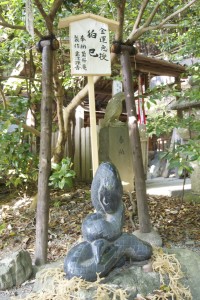
The guardian snake, newly added to the shrine's grounds
One new item that has appeared since my last visit a few years ago is a snake figure. The noticeboard next to it says ‘koma-mi’, which can be taken to mean a guardian snake. Presumably this is in reference to an ordeal which Okuninushi underwent after he fell in love with Princess Suseri, daughter of Susanoo no mikoto. To test the younger man’s resolve, Susanoo arranged for Okuninushi to spend the night in a room of snakes, which he survived thanks to the gift of a protective scarf. In heroic fashion, by confronting death Okuninushi was reborn with a stronger self – much as the snake dies and is reborn by sloughing off its skin.
It’s interesting to note that this ancient symbol of animism is here treated as a spiritual ally. Which is precisely why it got demonised by Christianity, because it served the pagans so well as a sacred symbol.
Because the shrine has Tsubakigamine (Camelia Peak) as its ‘sacred body’ (goshintai), it holds the camelia to be its sacred flower. In addition, it has a splendid cedar which is the shrine’s sacred tree. The small grounds are also filled with a variety of other plants and flowers, most of which are named and labelled, making this a true treasure for plant lovers.
Oddly, there are small Disney-style figures here and there, modern day cutifications of the spirit-animals of ancient times. It’s all in rather bad taste, but apparently to the liking of the office lady, for propped up in front of her office, next to the ema on sale, was a Mickey Mouse. I asked jokingly if it was an object of worship, but was told not. It does make one wonder though about the curious relationship humans have to animals, able to idealise and adore them on the one hand while slaughtering them on the other.
*********************************
(Otoyo Shrine lies off the Philosopher’s Walk along the base of Higashiyama (Eastern Hills) of Kyoto. For Part 2 of this article, please click here.)
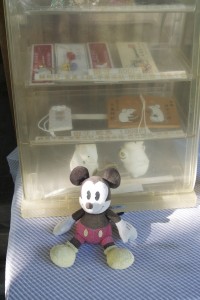
Is Mickey Mouse, here seen at the shrine office along with the ema for sale, forcing his way into the traditional pantheon?
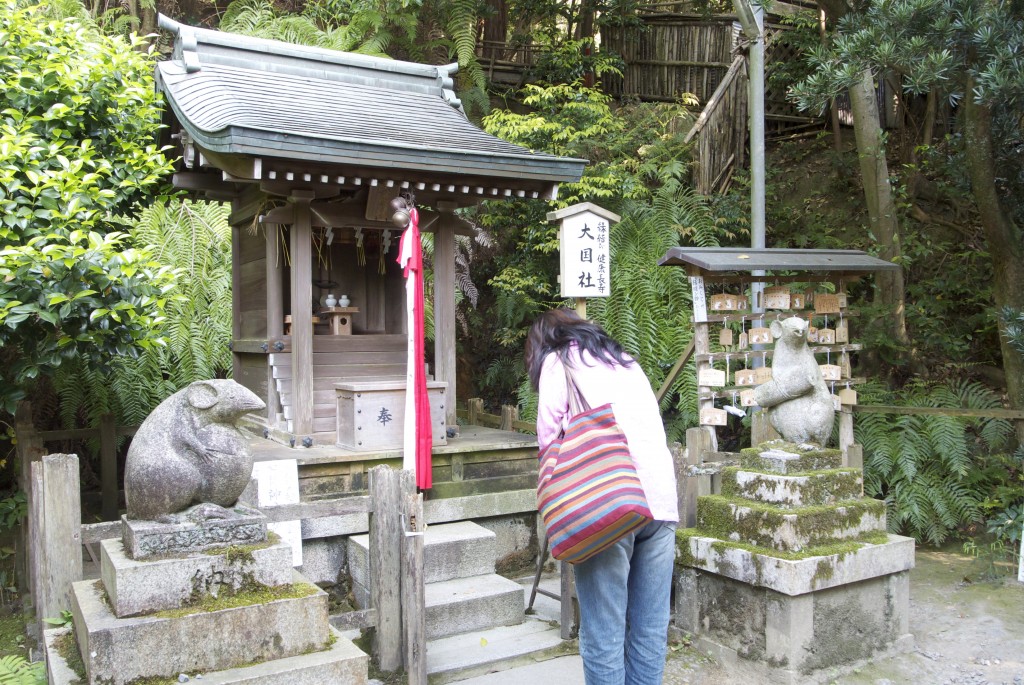
The Okuninushi Shrine with its guardian rat figures
*************************************
Sukunahikona no mikoto
A kami who assisted Ōnamuchi in the “forming of the land.” According to Kojiki, Sukunahikona was a tiny kami who fell from between the fingers of its parent. He first appears riding on the waves in a boat made from the pod of the flowering vine and wearing the skin of a small bird. In almost all versions of the story, the kami appears as one half of a pair with Ōnamuchi, and the two kami cooperate toward the development of the land and the invention of medicines.
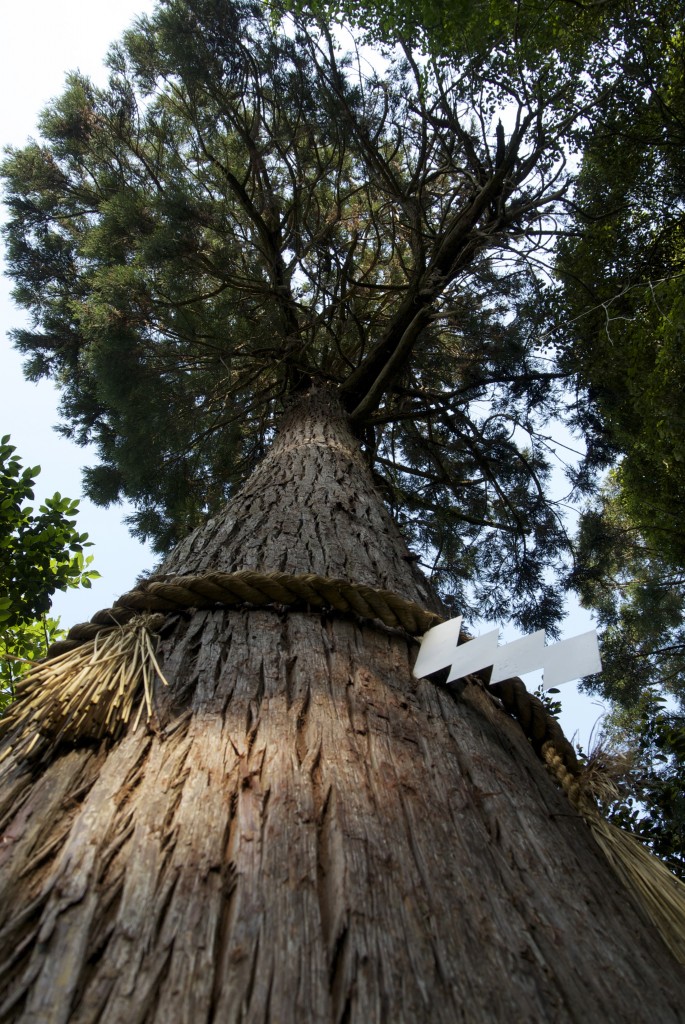
One magnificent sacred tree, reaching up to the heavens and rooted in the underworld
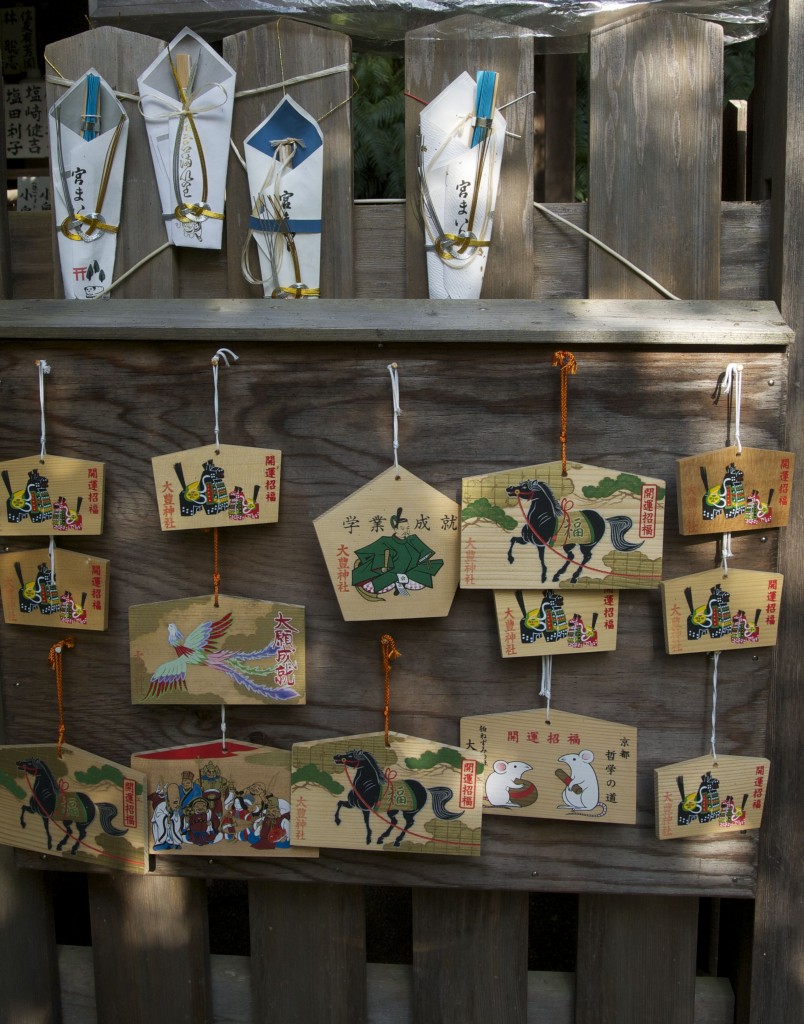
Ema prayer boards, with this year's Chinese zodiac animal of a horse (black instead of the sacred white one offered at shrines). Above are the 'miyamairi ofuda' for newborn babies.
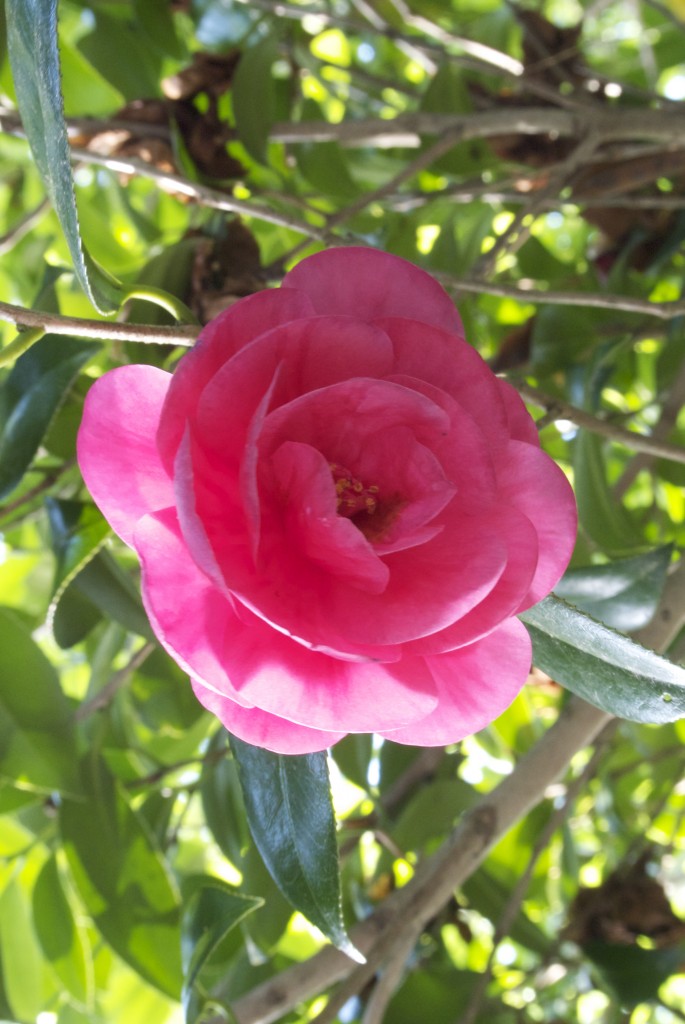
Last glorious flowering of this year's camelia. The shrine's 'sacred flower' is the tsubaki (camelia) because the sacred hill is Tsubakigamine (Camelia Peak)
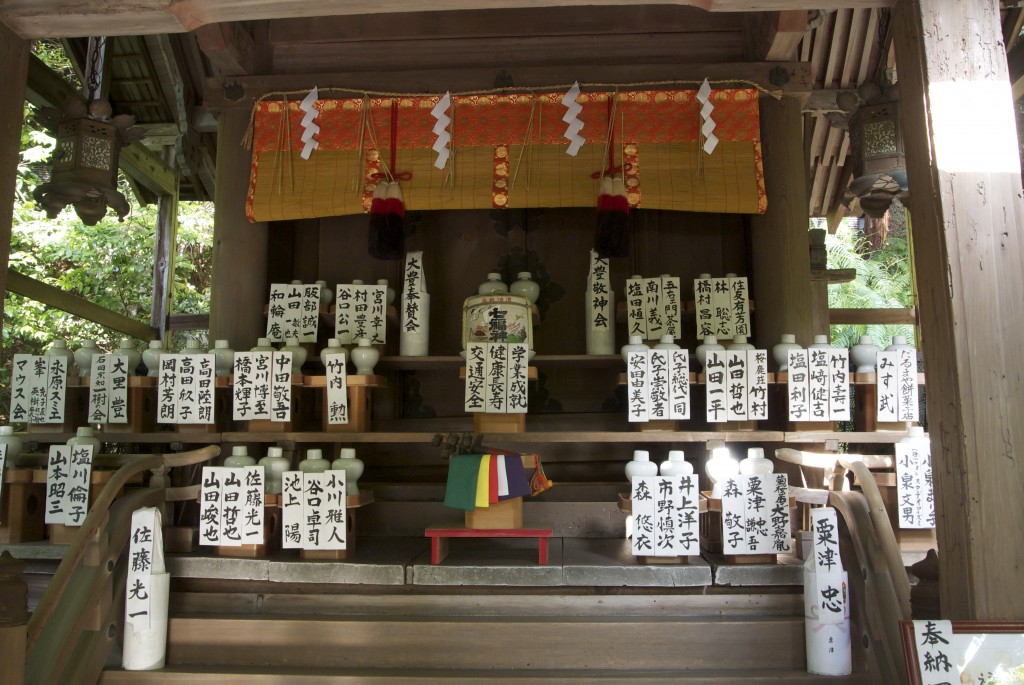
The Worship Hall facing onto the object of worship, Mt Tsubakigamine, is filled with donations of saké, a purifying alcohol which acts a lubricating agent between the world of humans and that of the kami
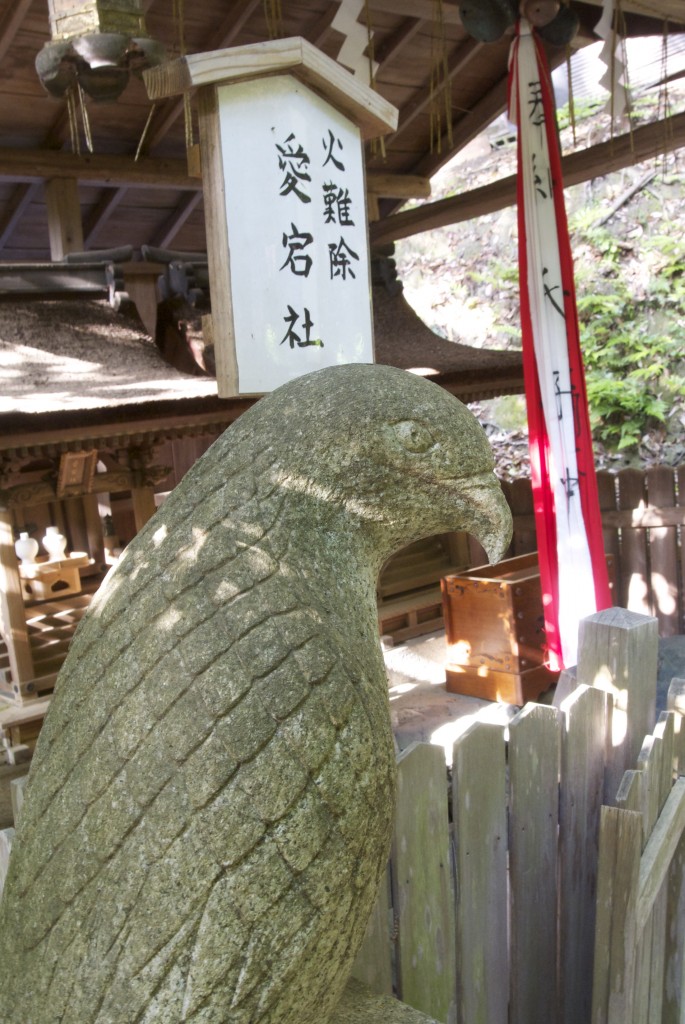
The guardian hawk at the Atago subshrine

